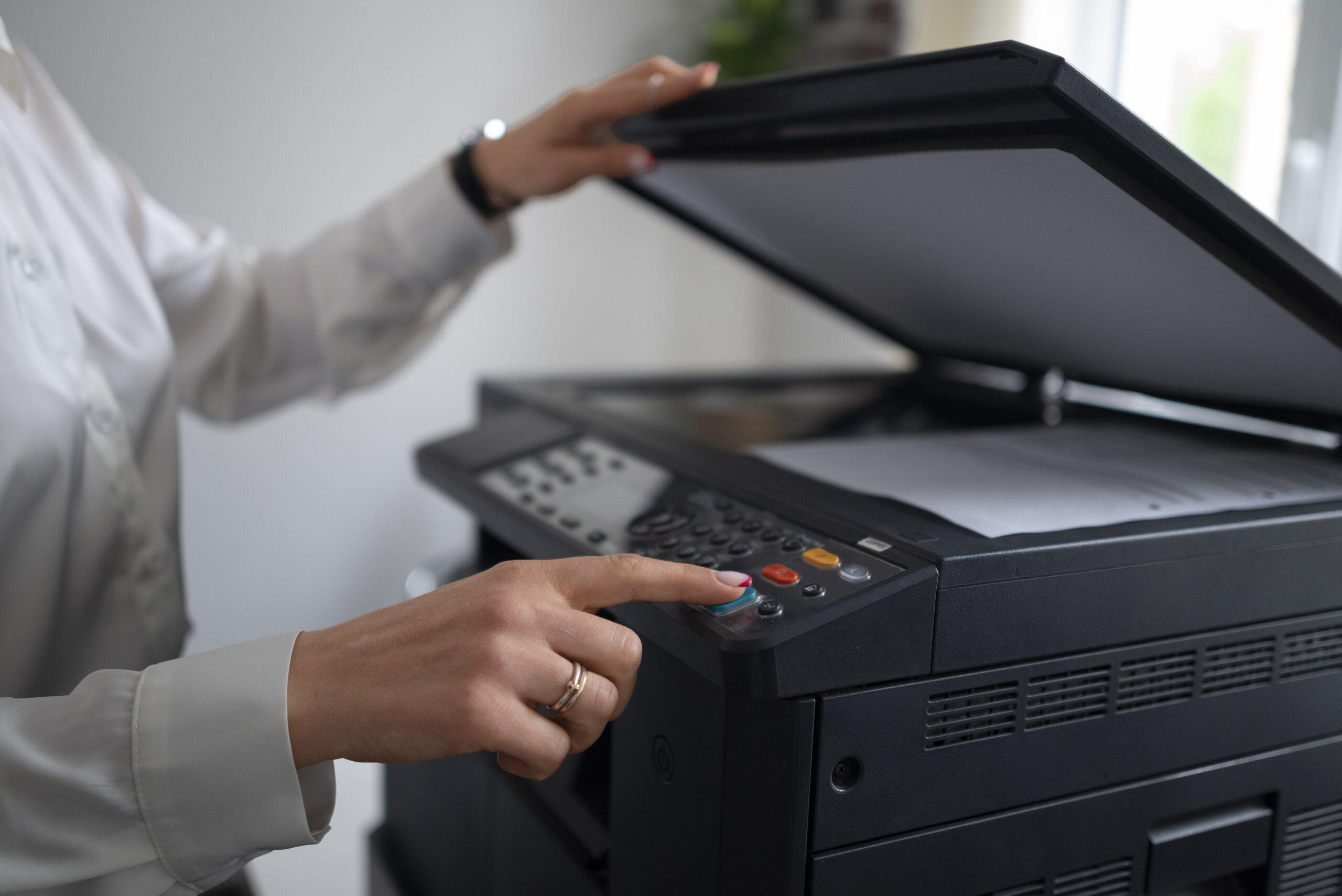Reconnect Your Printer to Wi-Fi: 6 Methods That Work

Why reconnecting Wi-Fi is important
A disconnected printer can halt productivity in both home offices and larger workplaces. Wireless connectivity ensures multiple devices can print without constant physical connections. Lost connections may stem from network changes, router updates, or device sleep modes. Understanding how to quickly re-establish a Wi-Fi connection saves time, avoids frustration, and prevents repeated failed print jobs.
Wi-Fi connectivity also impacts printer features like cloud printing, mobile device printing, and remote management. Without a stable wireless link, some advanced functions cannot be used, and troubleshooting can become more complex.
Method 1: Use Printer Control Panel
Most modern printers allow direct Wi-Fi reconnection via the built-in control panel. Begin by navigating to the wireless or network settings menu. Look for "Wireless Setup Wizard" or similar options. The wizard typically scans available networks and prompts you to select your Wi-Fi SSID.
After selecting your network, enter the password carefully. Pay attention to case sensitivity and special characters. Once confirmed, the printer will attempt to connect and may display a success message or an IP address confirmation.

This method is ideal for devices that do not rely on external software and works reliably for both home and office networks. Restarting the printer after configuration ensures settings take effect properly.
Method 2: WPS Push Button Connection
If your router supports WPS (Wi-Fi Protected Setup), this method can reconnect the printer without entering a password. Press the WPS button on your router, then on your printer select WPS connection from its network menu. The printer will search for the router signal and automatically establish a secure connection.
WPS is convenient but may not be available on older routers or printers. Ensure that WPS is enabled on your router, and do not press the button repeatedly as it may time out. Once connected, the printer will display a confirmation and possibly print a network report.
Method 3: Printer Software or Utility
Most manufacturers provide software or desktop utilities to manage printer connections. Install the official software on your PC or Mac, open it, and navigate to the wireless setup section. The software will detect nearby printers and guide you through selecting the network and entering credentials.
This method is particularly helpful if the printer is headless (no screen) or if multiple Wi-Fi parameters like static IP, DNS, or security types need configuration. Software often verifies connection by printing a test page.

Method 4: Manual IP and Wi-Fi Setup
For advanced users, manually configuring the printer's IP, subnet, and Wi-Fi parameters ensures stable connection in complex networks. Access the printer's web interface via temporary USB or existing network link. Assign a static IP within your router's range to prevent future disconnects.
Set the SSID, encryption type (WPA2/WPA3), and password manually. Verify that the gateway and DNS settings match the router configuration. This approach is ideal for office networks with reserved IPs or custom network settings.
Method 5: Router Reset and Reconnect
Sometimes connection issues stem from the router rather than the printer. Power cycle the router, wait for it to fully boot, then reconnect the printer using any of the previous methods. If the router has new SSID or password changes, update the printer accordingly.
Method 6: Mobile App Setup
Many modern printers support connection via mobile apps. Install the manufacturer’s app on your smartphone, open Wi-Fi setup, and follow on-screen instructions. The app often auto-detects nearby printers, configures Wi-Fi settings, and verifies connectivity with test prints.
Mobile app setup is particularly useful for home environments where devices frequently change networks or when multiple users need quick access. Keep your mobile device close to the printer during setup to ensure signal strength.
Troubleshooting Common Wi-Fi Issues
| Symptom | Likely Cause | Action |
|---|---|---|
| Printer not visible on network | Wi-Fi disabled, wrong SSID | Check network settings, ensure printer Wi-Fi is on, refresh network list |
| Cannot print from PC/Mac | Wrong IP or driver issue | Verify printer IP, reinstall or update drivers |
| Intermittent disconnects | Weak Wi-Fi signal or router interference | Move printer closer, use 5GHz band if supported, reduce interference |
| App setup fails | Mobile and printer on different networks | Connect phone to the same SSID, retry setup |
| Password not accepted | Incorrect password, special characters | Re-enter carefully, check case sensitivity |
FAQs
Why did my printer lose Wi-Fi connection suddenly?
Network changes, router updates, power outages, or firmware updates can reset saved Wi-Fi credentials. Printers may also lose connection after long periods of inactivity. Reconnection methods above restore connectivity.
Can I reconnect a printer to a new network without resetting it?
Yes. Use the control panel or software utility to select the new network and enter the password. Some devices may require a temporary reset if credentials conflict or old settings persist.
Is WPS secure for home use?
WPS is convenient and reasonably secure for home networks. For business networks, manual setup with WPA2/WPA3 and strong passwords is preferred.
Do mobile apps always work for Wi-Fi setup?
Mobile apps simplify setup but require the phone and printer to be on the same network initially. Compatibility depends on the printer model and app version.
